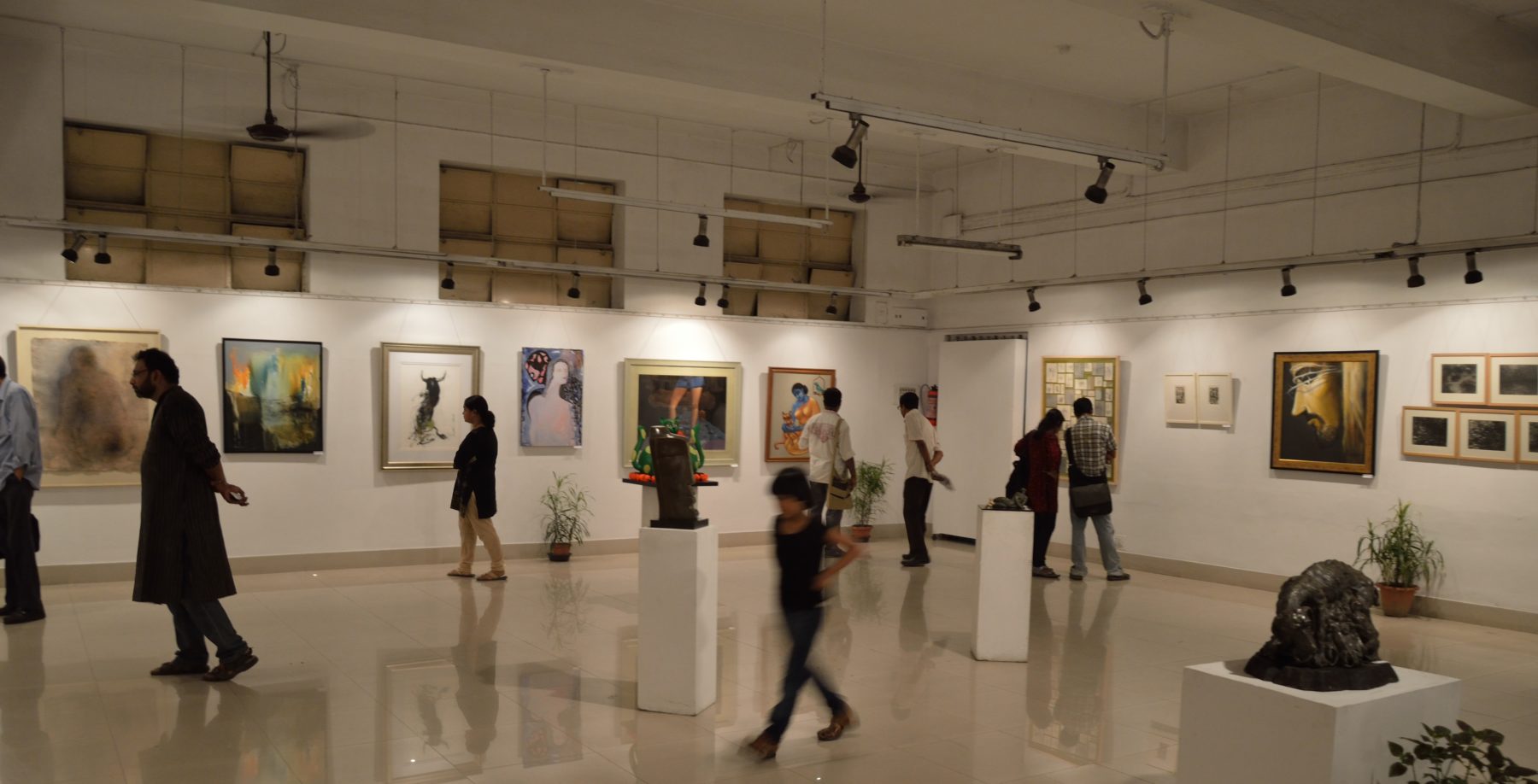1. Hasan Bakhshi and Stuart Cunningham. NESTA. “Cultural policy in the time of the creative industries“. 2016. United Kingdom.
This paper argues that a conflation of the cultural sector with the creative industries in the UK harms the ability for policymaking to serve the interests of either.
2. Kim Gibson and Liesbeth Goedhart. Western Australia Arts and Health Consortium. “Examination of the use of the arts to improve health and healing in Western Australian hospitals“. 2016. Australia.
This inaugural report from the newly-formed Western Australian Arts and Health Consortium explores the disjunct between the substantial hospital-based arts activities in Western Australia and a comparative dearth of evaluation and public policy strategy.
3. Jennifer Clary and Amy Terpstra. Social IMPACT Research Center. “The Value of the Nonprofit Arts and Culture Field in Illinois”. 2015. United States.
This report examines art and cultural activity in Illinois through the framework of Social Return on Investment (SROI), comparing socio-economic outcomes with the financial resources and human capital committed by both public and private entities.
4. Christina Davies, Matthew Knuiman, and Michael Rosenberg. BMC Public Health, Vol. 16, No. 15. “The art of being mentally healthy: A study to quantify the relationship between recreational arts engagement and mental well-being in the general population”. 2016. Australia.
This article examines a link between arts engagement and mental health, demonstrating enhanced cognitive well-being for those with two or more hours-per-week of arts activities.
5. Kate Haley Goldman, Steven Yalowitz, Erin Wilcox/Audience Viewpoints Consulting. The Art of Science Learning. “The Impact of Arts-Based Innovation Training on the Creative Thinking Skills, Collaborative Behaviors, and Innovation Outcomes of Adolescents and Adults.” 2016. United States.
This report demonstrates a strong causal relationship between arts-based learning and heightened creative problem-solving acumen in adolescents, as well as arts-based learning and emotionally intelligent behavior in adults.
